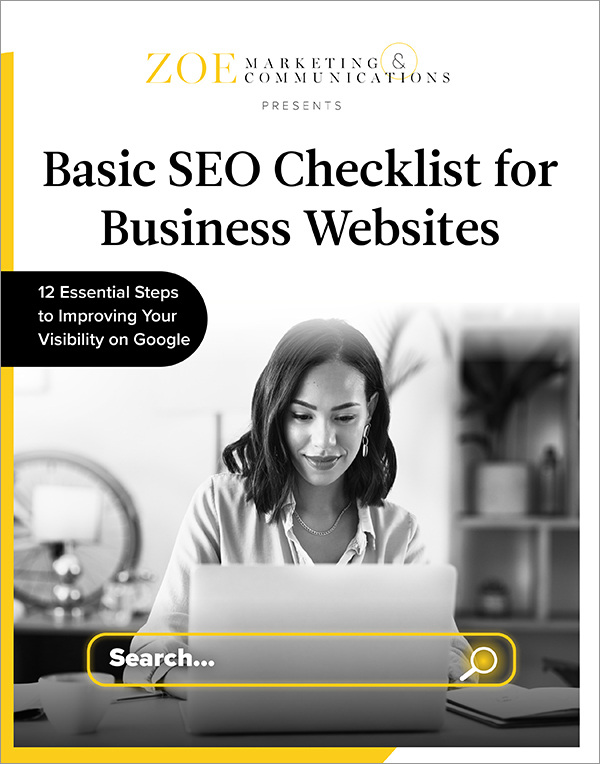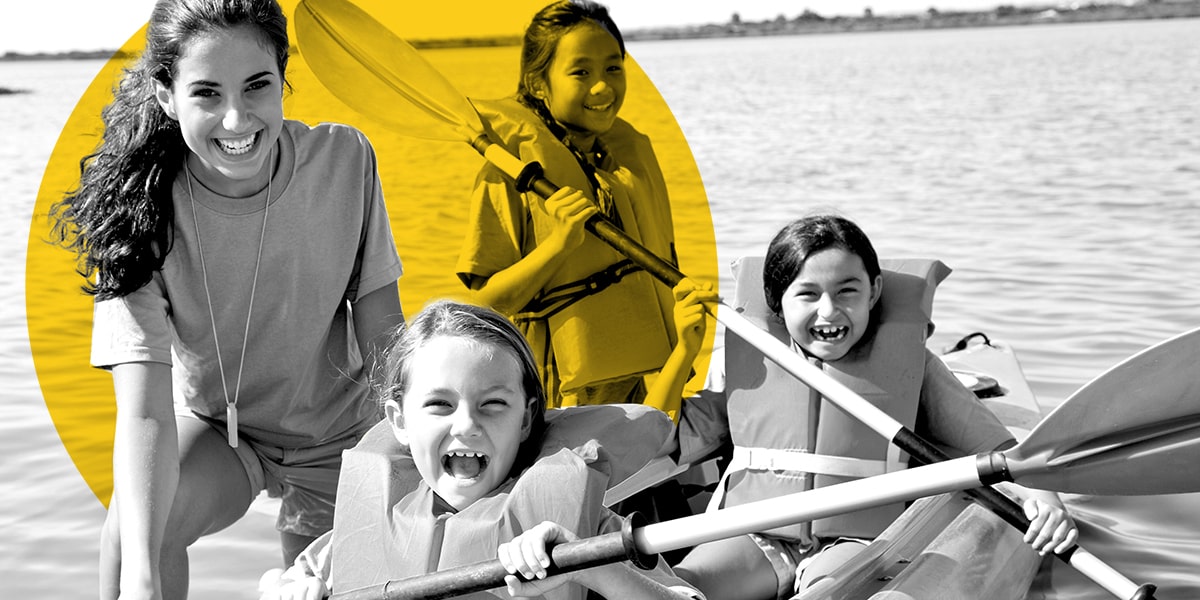
Download Your Basic SEO Checklist
Unlock the fundamentals of search engine optimization. This checklist provides step-by-step guidance to improve your site’s search ranking.
Topics:
December 5th, 2023 | 2 min. read
By Kim Kovelle

Summer camp is an experience kids remember and parents relish — and demand is rising. Even with 35% price increases, the American Camp Association says, interest remains strong.
But competition is strong, too. If you’re worried about registrations, a consistent marketing strategy is key.
At Zoe Marketing & Communications, we help camps increase visibility and sign-ups with these seven essential tactics.
Unlock the fundamentals of search engine optimization. This checklist provides step-by-step guidance to improve your site’s search ranking.
Camp might last a few months, but marketing must be year-round. Word of mouth is great, but controlling your message keeps your camp top of mind.
When parents Google “overnight camps near Chicago,” for instance, do you appear?
Boost your SEO (that’s search engine optimization) with:
Your website is often the first impression. Make it count.
Your email list is gold. Use it wisely with:
Target specific locations, ages and interests. For instance, try a “Top 5 Camps” theme to stand out.
Where are you posting? Social media keeps your camp visible and engaged.
Ensure your camp is in high-visibility online directories.
Strong content marketing works two ways:
A balanced ad strategy lifts visibility and credibility.
Camp fairs offer face-to-face time with parents and kids.
Options include:
These require staffing and prep, but the direct relationships can pay off.
Camps are in demand, but competition is fierce. A multichannel strategy — SEO, email, social, listings, content, ads and camp fairs — helps fill seats.
Need expert support? Talk to us at Zoe Marketing & Communications. We’ll help promote your camp and increase registrations.
Still exploring? To keep your camp marketing strong, learn:

Unlock the fundamentals of search engine optimization. This checklist provides step-by-step guidance to improve your site’s search ranking.
As Zoe Marketing & Communications’ content manager, Kim Kovelle brings over 20 years of writing and editing experience in metro Detroit. She has strong roots in community journalism and a knack for making complicated topics make more sense.
Topics:
